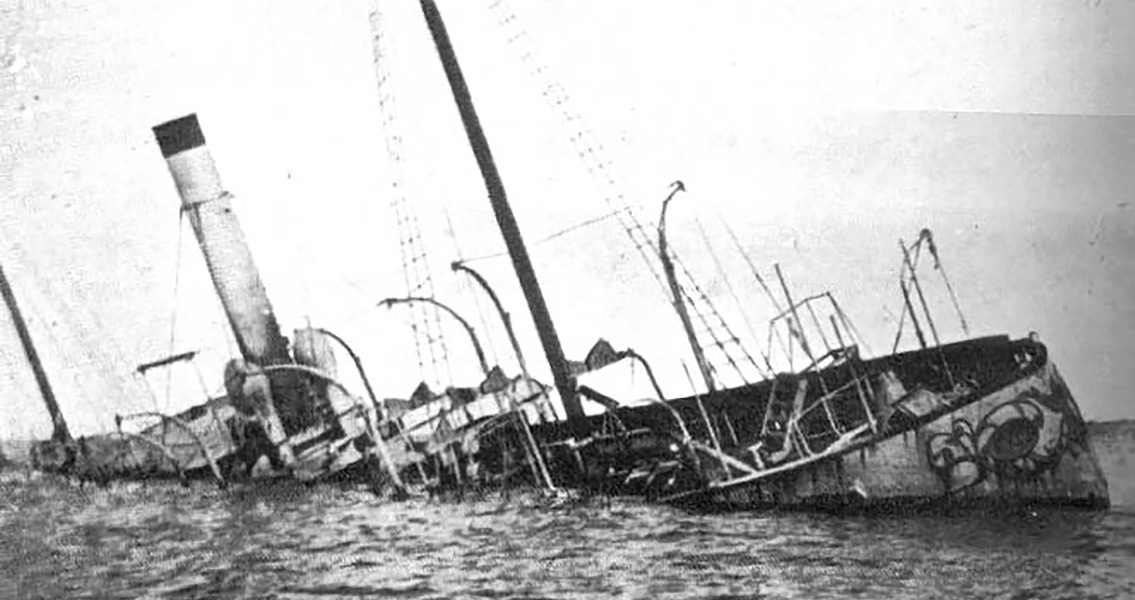<![CDATA[The Maritime Archaeological Research Laboratory (MARElab) of the University of Cyprus, in collaboration with the Department of Antiquities, has begun excavating wreckage just off the coast of Paralimni, Cyprus. Initial excavations took place during a two-week period in September 2014, and the 24 researchers believe the venture has made a promising start. The wreckage was once a ship known as the Nissia, and according to the Cyprus Antiquities Department, it likely dates back to the era of the Ottoman Empire. The wreckage is located on the ocean floor, twenty-eight metres below the surface. According to the department: "it is the only shipwreck of this period known in Cyprus, and one of the few that are under investigation in the eastern Mediterranean." Following the initial excavation, it was reported that several finds had already been made at the site. The discoveries include three iron cannon, wooden rigging elements, ceramics, glass tableware, bricks, pistol bullets and a section of the ship's hull. All movable finds were brought to the surface and taken to the conservation laboratory of the Department of Antiquities, located in Larnaca. A great deal of time was devoted to lifting one of the three iron cannon, which was located a good distance from the wreckage, from the depths. According to MARElab, the excavation could be important in furthering the understanding of shipbuilding and naval activity during the Ottoman Empire. The Nissia Shipwreck Project, as it is called, aims to document the site's archaeological significance, lift a selected piece of the hull, and implement new methods of site preservation. They also hope to get the local community involved in the site's protection and educate them about its importance. The crew wants to increase awareness about underwater cultural heritage, as the site has been damaged in the past. According to the University of Cyprus (UCY), local recreational divers treat the Nissia wreckage as a hotspot for underwater adventure and have turned it into "an uncontrolled recreation spot". However, their dives have also resulted in the thievery and destruction of many artefacts. It is for this reason that the project members intend to excavate the site, while also protecting it from looting and degradation in the future. UCY stated: "Destruction and looting, and the subsequent destruction of valuable archaeological evidence... along with the fact high percentage of preservation of the wooden hull, which remained exposed to the natural deterioration factors was what led MARELab to launch a research programme on the site in collaboration with the department of Antiquities." The researchers now hope that the site will remain preserved and serve as a beacon to shed light on past naval techniques. As of yet, there have been no announcements made as to when the next excavation will occur, or if any are planned. Image courtesy of Wikimedia commons user: Takabeg ]]>
Excavation of Nissia Shipwreck Begins Near Cyprus
